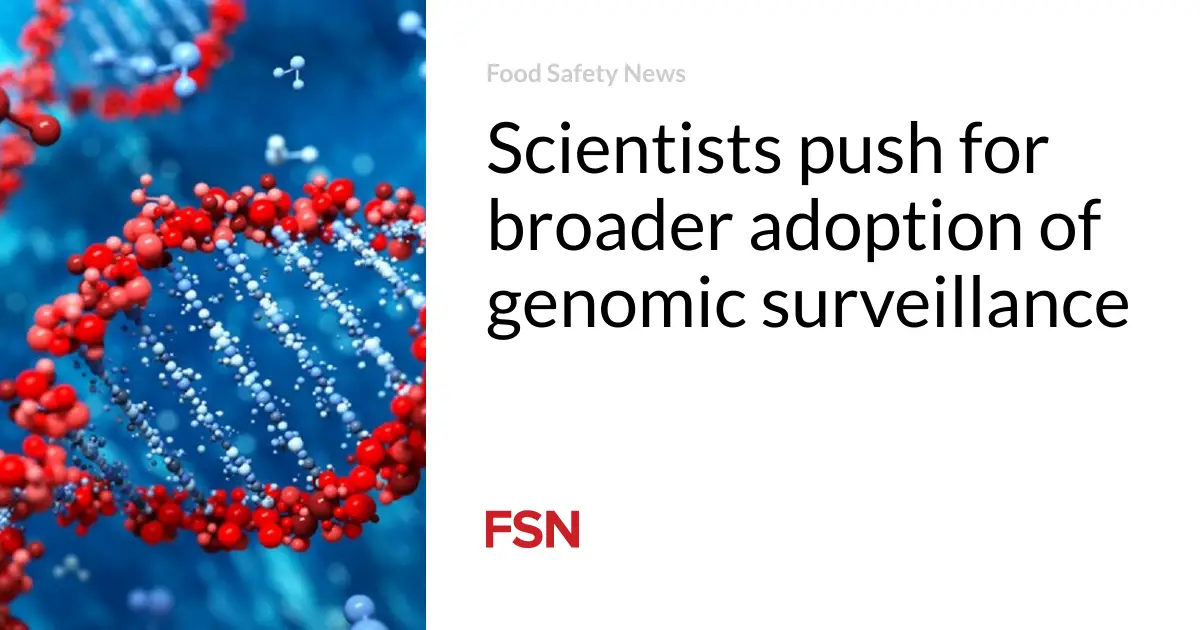
Researchers have urged a change in the way microbial food safety is considered.
Experts from the Quadram Institute, the University of East Anglia, the Royal Veterinary College, and Massey University called for more holistic approaches that assess the risks and monitor changes in microbial communities as a whole and across the food chain.
They want to see increased adoption of genomic surveillance to help keep ahead of bacterial threats and hazards as they emerge.
Scientists urged governments and international agencies to dedicate resources to genome-based surveillance. Currently, most such surveillance is based in well-resourced areas, but making the food supply chain resilient to future shocks needs a global response, they said in an article in Nature Reviews Microbiology.
There has been a past tendency to focus on individual bacterial species known to pose health risks but bacteria are complex and exist in interacting communities of microbes, said experts.
Part of the solution
The team highlighted whole genome sequencing and metagenomics as useful tools that, combined with microbial surveillance schemes and insights from the food system, can provide authorities and businesses with information to address risks and implement new food safety interventions across the supply chain.
Metagenomics gives a full picture of what’s present in a particular environment. Genetic fingerprinting can help identify the sources of outbreaks, linking genetically identical strains of bacteria. It can also trace when and how problematic bacterial strains emerged.
One example given was how the prevention and control of Campylobacter has benefited from the use of genome sequencing tools that track and trace transmission of the bacteria through the food chain, as well as helping to identify and determine the source of outbreaks.
“What will be key to these surveillance systems is not only sensitivity but also timeliness, so that pre-emptive action to prevent foodborne illness can be taken rather than using the information to respond to incidents once they have occurred,” said Professor Alison Mather from the Quadram Institute.
More data to improve surveillance
Scientists said it was well-known what some of the most dangerous bacterial species are and the potential effects they can have on health. However, how and where these bacteria get into, persist, and evolve in an increasingly globalized food system is less well understood. Also, what other bacterial pathogens are causing disease but go undetected?
These knowledge gaps make it difficult to develop interventions to reduce foodborne illness. There is a need to understand how global drivers, such as climate change, technological innovation, or other geopolitical events, can alter the bacteria profile within the food system.
More genomic and metagenomic data from a wider and more diverse set of sources will improve surveillance to pick up threats better. Genome-based approaches have also advanced our understanding of the evolution and spread of bacterial foodborne hazards.
“Businesses understand there is a great depth of information that can be provided by genomics, and thankfully, we can pair that technological promise with meaningful new solutions to help control food safety risks,” said Matthew Gilmour of the Quadram Institute.
(To sign up for a free subscription to Food Safety News, click here.)






